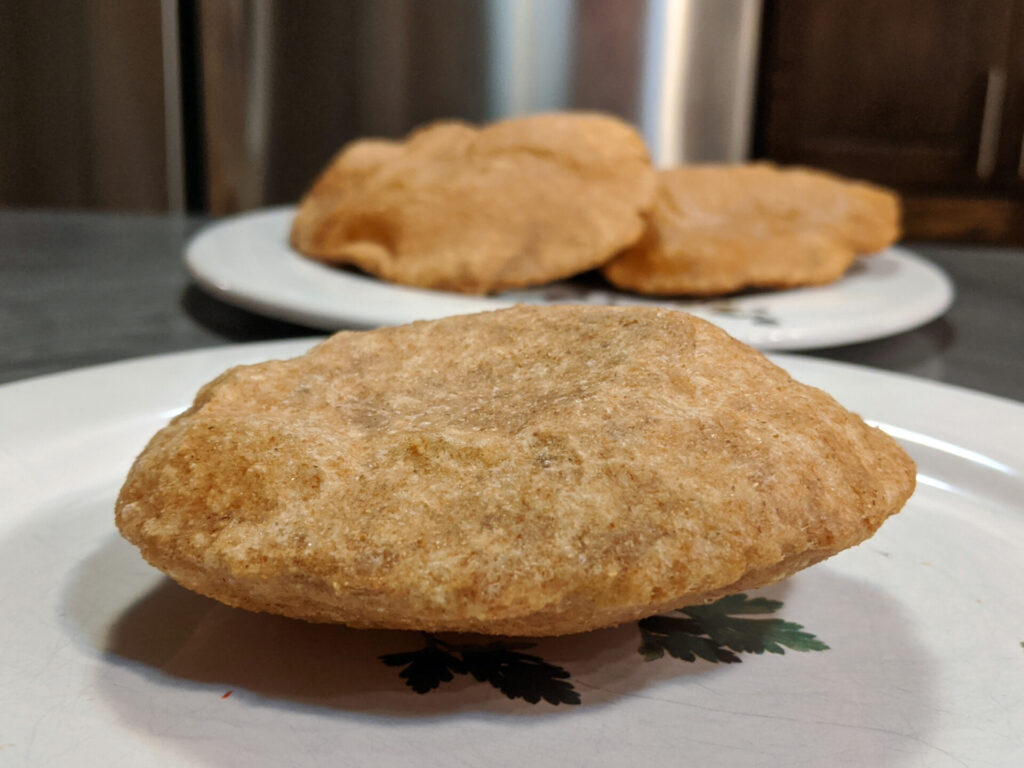Deep Frying
October 17, 2023Deep frying is a very popular cooking method. Unfortunately, it is also considered unhealthy since deep fried food represents higher calorie intake when compared to non-fried food. With frequent consumption it can lead to unwanted weight gain. Even though deep frying sounds for some people almost scary, it is simply submerging food in hot oil which leads to instantly cooking the surface while moisture is trapped in the food and keeps cooking the food from the inside.


Share
Click on the icons below to share "Title of the item to share"